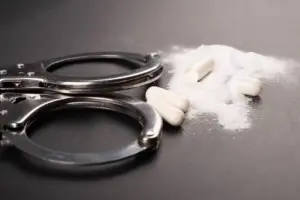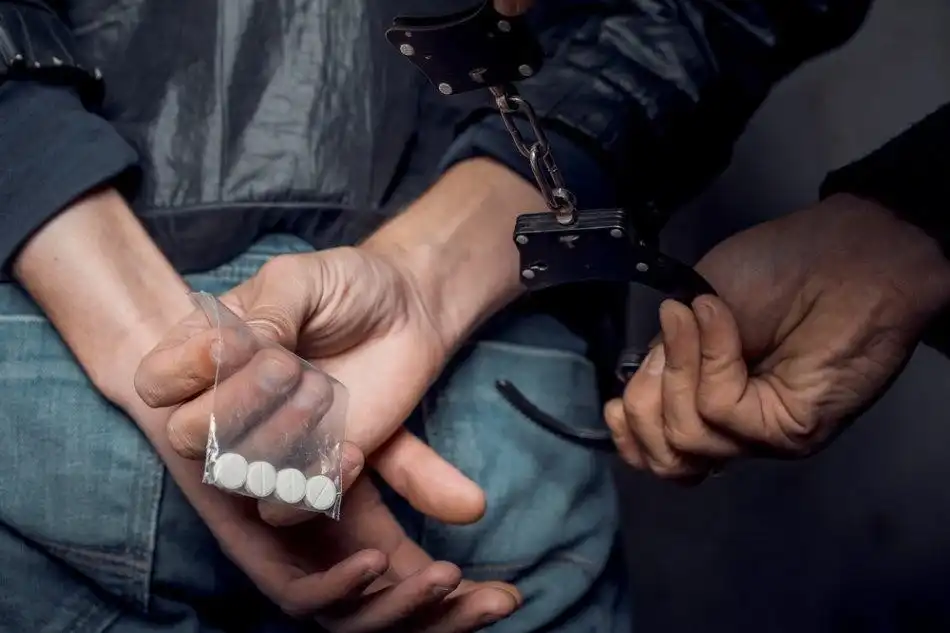Examining Drug Crime Denver’s Property Impact

The city of Denver has experienced a concerning increase in drug crime in recent years, raising significant questions about its impact on property and community safety. This study aims to closely examine the consequences of drug-related offenses on property values, vandalism rates, and theft incidents in Denver. By analyzing these factors, we can better understand the potential repercussions on the overall well-being of the city’s neighborhoods and residents.
The findings from this research will shed light on the correlation between drug crime and its adverse effects on property, ultimately contributing to the development of strategies to build safer and more prosperous communities. This investigation utilizes a professional approach to objectively assess the impact of drug crime on Denver’s property landscape.
The Rise of Drug Crime in Denver
Drug crime in Denver has been steadily increasing in recent years. This alarming trend is a cause for concern among law enforcement agencies and the community as a whole. The rise in drug-related offenses has had a significant impact on the city’s overall safety and well-being.
One of the primary factors contributing to the increase in drug crime is the growing demand for illicit substances. Denver’s population has been on the rise, attracting people from various backgrounds and creating a diverse market for drugs. Additionally, the city’s proximity to major drug trafficking routes has made it a prime location for drug distribution.
The increase in drug crime has many serious effects. It’s not just a danger to public safety, but it also makes it harder for the police to do their job and leads to more property crimes. To deal with this problem in Denver, we need to use a complete approach that includes stopping it before it happens, helping people who have problems, and enforcing the rules to reduce drug crime.
Impact on Property Safety
The increase in drug crime in Denver has had a significant impact on the safety of properties in the city. As drug-related activities continue to rise, property owners and residents are increasingly concerned about the safety of their homes and businesses. Drug crimes often lead to other criminal activities, such as theft, vandalism, and violence, which directly affect the security of properties.
The presence of drug dealers and users in neighborhoods can create an atmosphere of fear and unease among residents, leading to a decline in property values and overall livability. Additionally, drug-related activities increase the risk of fires and other accidents, endangering not only the properties involved but also neighboring structures. It is crucial for law enforcement agencies and community organizations to work together to address the underlying causes of drug crime and ensure the safety and well-being of Denver’s properties and its residents.

Effects on Property Values
The rise in drug crime in Denver has significantly influenced the value of properties in the city. The presence of drug-related activities has a negative impact on property values, as it creates an atmosphere of insecurity and instability. Potential homebuyers and investors are deterred from purchasing properties in neighborhoods with high drug crime rates, resulting in decreased demand. This decrease in demand leads to a decrease in property prices.
Additionally, drug crime often leads to other criminal activities, such as theft and vandalism, further contributing to the decline in property values. Homeowners in affected areas may also experience difficulty in selling their properties and may be forced to lower their asking prices. Overall, the prevalence of drug crime in Denver has a detrimental effect on property values and the real estate market in the city.
Vandalism and Theft Rates
Examining the impact of drug crime in Denver, the prevalence of vandalism and theft rates becomes a significant concern for property owners and the community. The correlation between drug-related activities and increased vandalism and theft rates is a cause for alarm. Here are five key points to consider:
- Vandalism and theft rates tend to rise in areas with high drug crime rates.
- Drug addicts often resort to theft and vandalism to support their addiction.
- Properties located near drug hotspots are more vulnerable to break-ins and property damage.
- Vandalism and theft can lead to a decrease in property values and deter potential buyers.
- The community must work together to implement effective crime prevention strategies, such as increased police presence and neighborhood watch programs, to combat the rise in vandalism and theft rates.
Building Safer and Prosperous Communities
One must prioritize the creation of safer and prosperous communities when examining the impact of drug crime on Denver’s property. Drug crime not only affects individuals and families directly involved but also has far-reaching consequences that can undermine the overall safety and prosperity of a community. Building safer communities requires a multi-faceted approach that includes effective law enforcement, community engagement, and access to social services.
By investing in crime prevention strategies, such as community policing and rehabilitation programs, Denver can address the root causes of drug crime and promote a safer environment for its residents. Additionally, fostering economic development and job opportunities can contribute to a prosperous community, reducing the likelihood of individuals turning to drug-related activities.
Creating safer and prosperous communities requires a collaborative effort from law enforcement, community organizations, and local government to ensure a holistic approach that addresses the complex issue of drug crime.
Conclusion
Drug crime in Denver has had a significant impact on property safety, leading to increased vandalism and theft rates. These negative effects have also resulted in a decline in property values. To build safer and more prosperous communities, it is crucial to address the rise of drug crime and implement effective strategies to combat such criminal activities.
